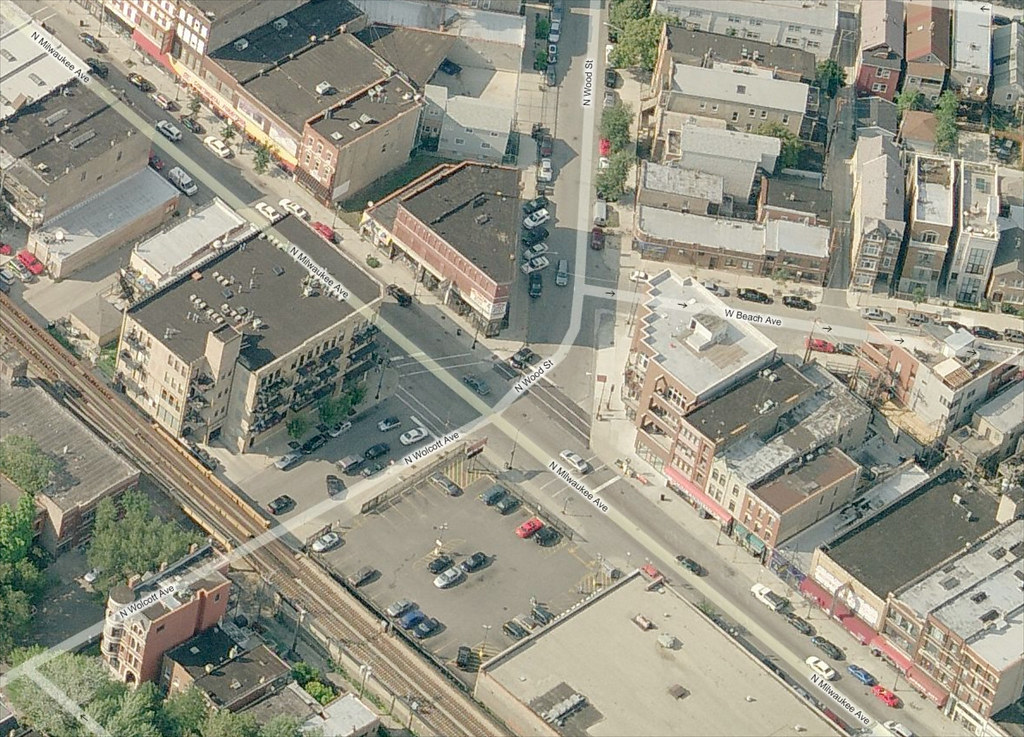[flickr]photo:8289509229[/flickr]
One of Salt Lake City’s “saner” downtown streets with one travel lane each direction and left-turn lanes where needed. There’s one light rail lane in each direction. A bicycle priority lane is marked in the two travel lanes.
Possible extended title: They have so many persistent disadvantages even after several (but weak) mitigation attempts
Preface: Utah law says that people driving automobiles must yield for pedestrians in or approaching crosswalk (stop if in a school zone and the school zone light is flashing). Drivers and bicyclists in Illinois must stop to let people cross the street, in a marked or unmarked crosswalk.
If you read my last “Dispatches from Utah” post you remember that I took a ride on the inaugural Frontrunner South train from Salt Lake City to Provo, Utah. Then my laptop died and things got hairy. I’ve been back in Chicago for over a week now. Riding the trains, both light rail and the commuter rail, was one of the transportation highlights of my trip. The second was walking a couple of miles from one TRAX light rail station to my family’s home. This walking experienced was then followed by a driving trip to meet my cousin at a “local” Thai restaurant. (When your city is as spread out like Salt Lake City, and less dense than Chicago, your definition of “local” is expanded.)
I drove for 20 minutes to meet him. I drove down Salt Lake City’s State Street for a majority of the way. It’s 102 feet wide, with 3 lanes in each direction, a center turn lane, parallel parking on both sides, and sidewalks. There are no bikeways. Many of the city’s and region’s streets are like this. I had an immediate problem: I was driving southbound but the restaurant was on the northbound side of the street. Under no circumstances did I feel safe slowing down and turning left across 3+1 northbound lanes into the restaurant’s parking lot – I didn’t even know if this was legal. I couldn’t even see the addresses of the buildings on the opposite side of the street. After passing the approximate address, I turned left at a signalized intersection and then did a full roundabout drive through a neighborhood for 3-5 minutes before coming back to State Street, now driving on the same side of the street as the restaurant. Continue reading Dispatches from Utah: Why wide streets are unpleasant
